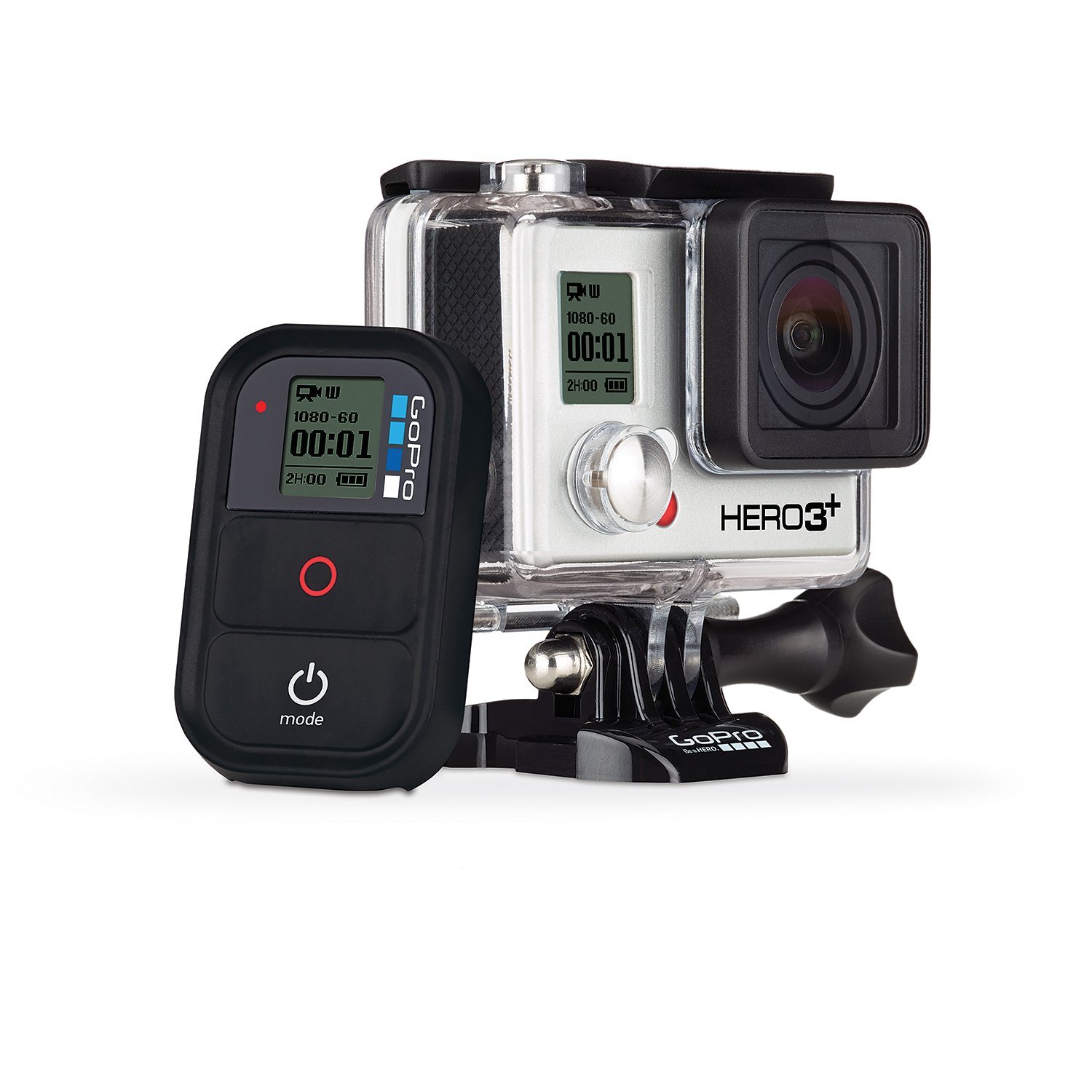YouRock2 Guitar – trigger any sound with fretboard, neck and ‘strings’ faster!
By David Cox
First published in Examiner.com
It is an uncanny thing to have grown up with a solid split between the worlds of keyboards as input devices for MIDI sounds, and guitars as exotic means to do the same thing. But times have changed, and guitars are now as capable a means of MIDI input as keyboards ever were. The YouRock2 guitar is a great thing to play having enjoyed the generation 1 YouRock guitar prior for several years. The greatly improved Radius Midi fretboard with its standard fret spacing and 22 frets is also a great addition to the setup also. It feels more like a regular guitar fretboard, and its response time in relation to the onboard processor is quicker.
The YouRock Generation 2 guitar has many upgrades from its predecessor, most notably a refined pickup system for more reliability and consistency. Gone is the subtle latency which broke the spell of triggering those big samples from before.YouRock2 has an Ableton Control launch pad at the top section of the neck and the fretboard can be split into zones and layers which means that those that make heavy use of the ’tap’ function (playing by tapping the fretboard rather than plucking the ‘strings’) can enjoy the idea of the fretboard as a kind of guitarists keyboard, with different areas serving as different instruments: bass for one side of the fretboard, organ for the other. One player can thus be a whole band. Especially when the built-in backing tracks are supplying the music backing.
The latest Firmware version is V1.580. If the players wishes to adjust the YRG to her playing style she can download the Control Panel application for MAC or PC and make adjustments to your guitar from there. Its all pretty amazing stuff. I can still remember the days when a guitar synth was something you paid money to go see someone like Andy Summers play as he was likely one of the few who could afford the mega-dollar dedicated guitar synth rigs (with thick industrial cables connecting massive multi-pin connectors to the guitar and interface boxes that looked like robot control panels from a car factory) in the early 1980s that could make the kind of sounds that are packaged right out of the box with YRG, and better.
I’ve been playing guitar on and off since 1975 and I’ve been looking for a guitar that lets me trigger my keyboard samples for a while now and the YRG2 could easily be it. I can sit and play the guitar, yet at the same time be invoking symphony orchestras, mellotrons, combo organs, or even other string instruments like banjos, mandolins etc. Its all about that response time and not having latency, and the YRG folks have been putting their energies into resolving the biggest issues that dog the MIDI guitarist – the simple sense that the sounds are not being triggered fast enough. Liquidating latency, as in the gaming world, is the holy grail of MIDI interface design, for obvious reasons.
It still takes time for the onboard sounds to load IF you rely only on the onboard sounds. Punch in a number, wait several seconds for the sound to load…The truth is, most of those who use the YRG2 in studio contexts will hook it up to virtual instrument boxes and thus use it as an alternative to a keyboard, so thought of as a “keyboard you play like a guitar” that won’t break the bank, it works best on this level for say, mid-size studio scenarios. So onboard sounds not being used by those who use the YRG2 as an input device only, will not matter. It is simply a MIDI controller.
Go get a YRG and play some samples, onboard or your own.
Here’s me messing around with it on sound cloud
The official YouRock website



